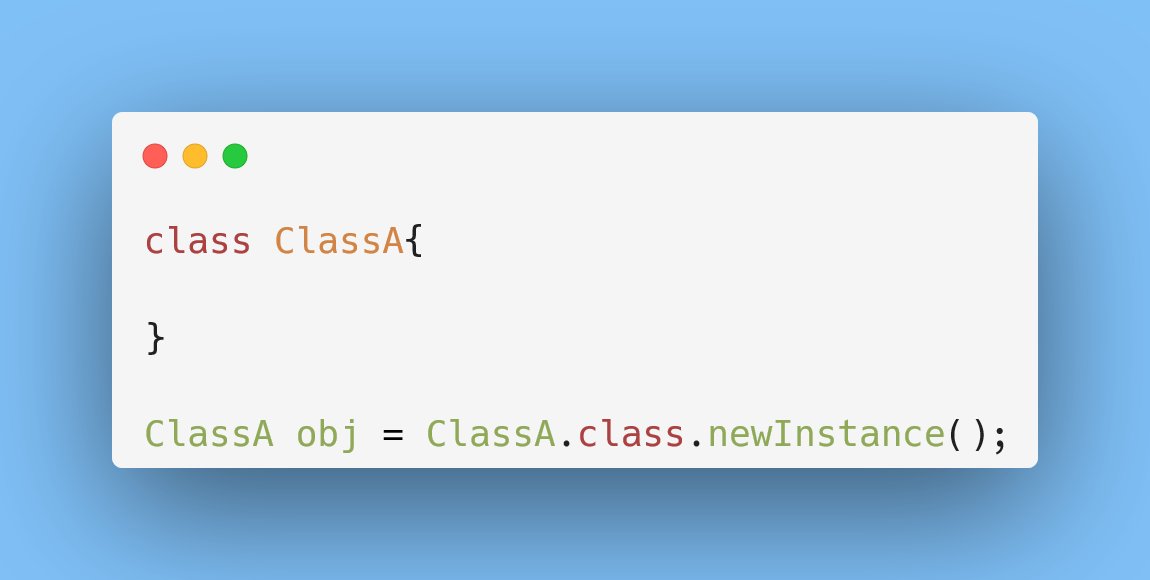Stream never modifies the source data, it processes it and gives us the result without modifying the original data.
Java: Beginner Guide to Stream API
a thread...
Stream never modifies the source data, it processes it and gives us the result without modifying the original data.
1. Collection. stream()
2. Stream.of(T... values)
3. Arrays. stream()
4. Stream.builder()
Eg:️
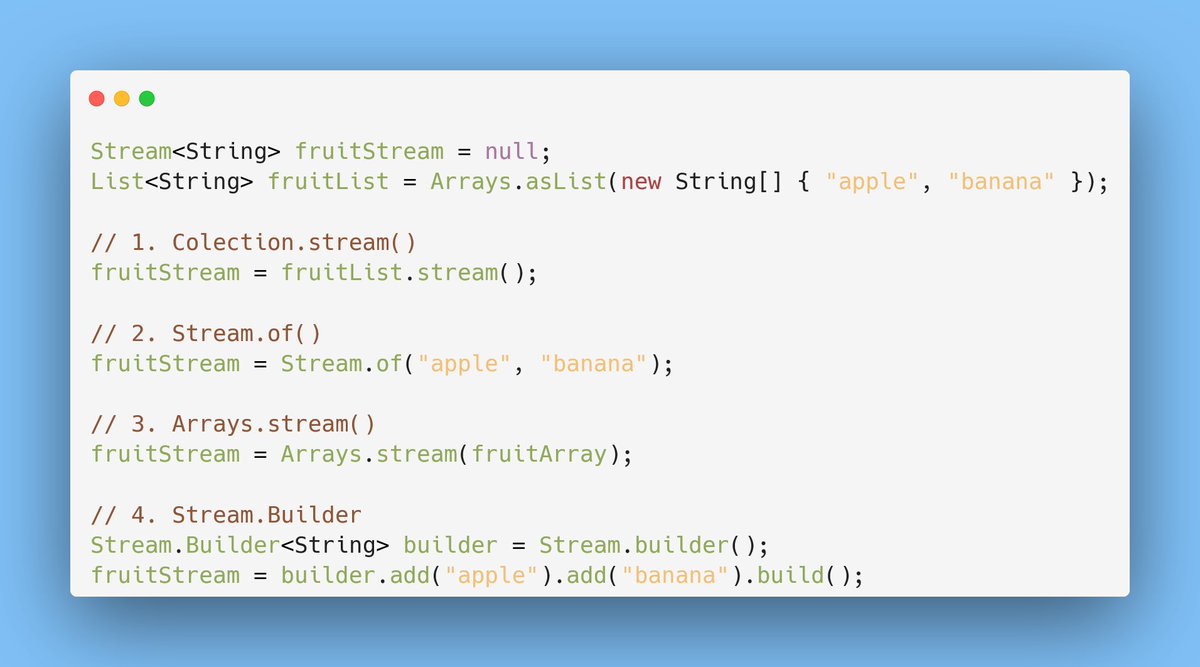
1. Intermediate Operations(IO)
2. Terminal Operations(TO)
Here's what the stream pipeline looks like:
Source -> Intermediate Operations -> Terminal Operations
It returns another stream object, after this, we can either call another IO or TO.
Few methods in Stream API for Intermediate operations:
1. filter()
2. map()
3. sorted()
and many more...
filter() - filters out the data based on any boolean condition - below we're filtering elements starting with the letter a.
map() - performs some given operation on the whole data set - below we're converting every element to upper case.
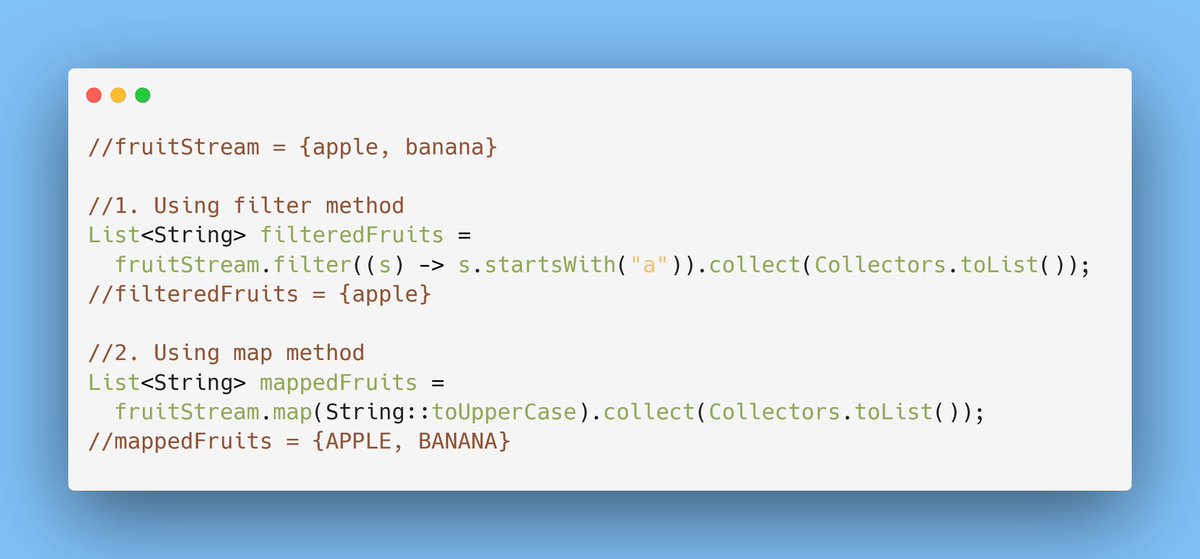
It's the last operation done on stream that's why it's called terminal.
This operation returns the final result.
Few methods in Stream API for Terminal operations:
1. collect()
2. count()
3. forEach()
and many more...
collect() - collects the elements in the given collection as shown below in the first case it is returning data in the form of a list.
count() - counts the no of the element in the stream and returns in the form of long.
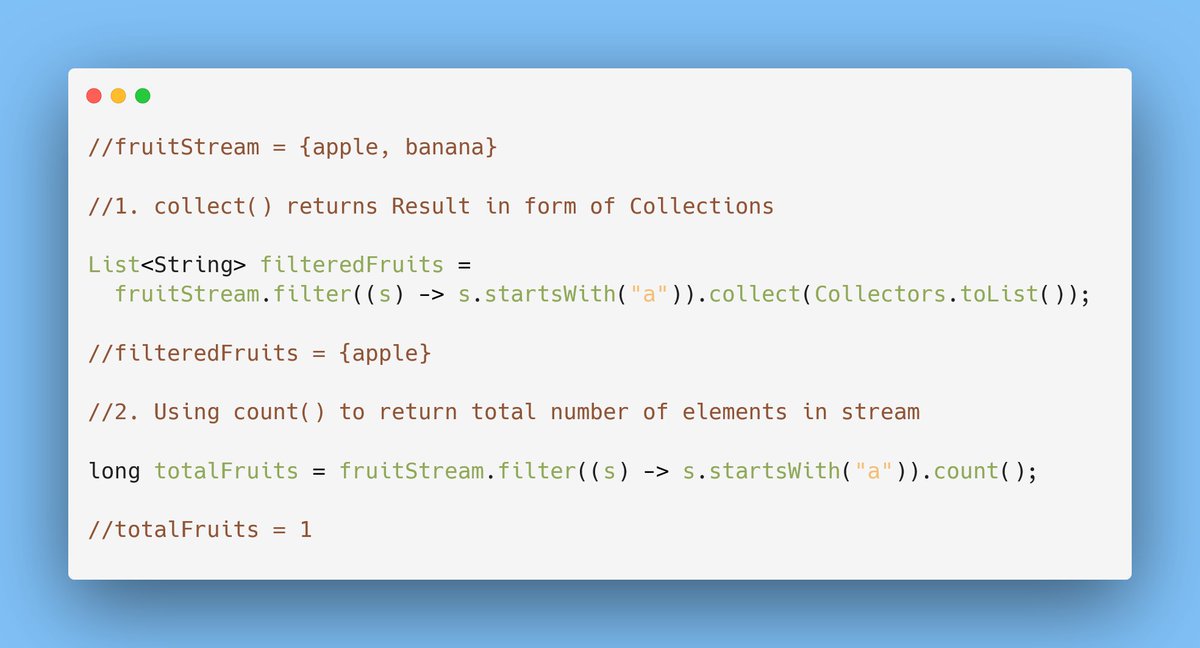
More from Vikas Rajput
Learn Core Java, in 30 days as an Absolute Beginner
a roadmap...
Core Java can be Overwhelming, in the beginning!
Let's see what are those topics you should cover and what you can skip in Core Java.
1. Theoretical Concepts (2 days)
- Features of Java
- JVM, JRE & JDK
- Memory areas in Java
- Basics of how Garbage Collection Works.
2. OOP Concepts (3 days)
- Objects and Classes
- Inheritance
- Polymorphism
- Encapsulation
This topic forms the basis of your Java learning. Spent enough time on this topic and understanding it using real-world examples and some
3. Primitives data types, Operators & Arrays (3 days)
- Various primitives/non-primitives data types, operators
- What is their use, How to use them
- Various sizes of data types
- Arrays, practice a few of its problems
- 2D/3D arrays and their use cases, practice a few problems
a roadmap...
Core Java can be Overwhelming, in the beginning!
Let's see what are those topics you should cover and what you can skip in Core Java.
1. Theoretical Concepts (2 days)
- Features of Java
- JVM, JRE & JDK
- Memory areas in Java
- Basics of how Garbage Collection Works.
2. OOP Concepts (3 days)
- Objects and Classes
- Inheritance
- Polymorphism
- Encapsulation
This topic forms the basis of your Java learning. Spent enough time on this topic and understanding it using real-world examples and some
OOPs Concept in Java
— Vikas Rajput (@vikasrajputin) April 4, 2022
a thread...
3. Primitives data types, Operators & Arrays (3 days)
- Various primitives/non-primitives data types, operators
- What is their use, How to use them
- Various sizes of data types
- Arrays, practice a few of its problems
- 2D/3D arrays and their use cases, practice a few problems
You May Also Like
ARE WE FAMILIAR WITH THE MEANING & POWER OF MANTRAS WE CHANT?
Whenever we chant a Mantra in Sanskrit, it starts with 'Om' and mostly ends with 'Swaha' or 'Namaha'. This specific alignment of words has a specific meaning to it which is explained in Dharma Shastra.
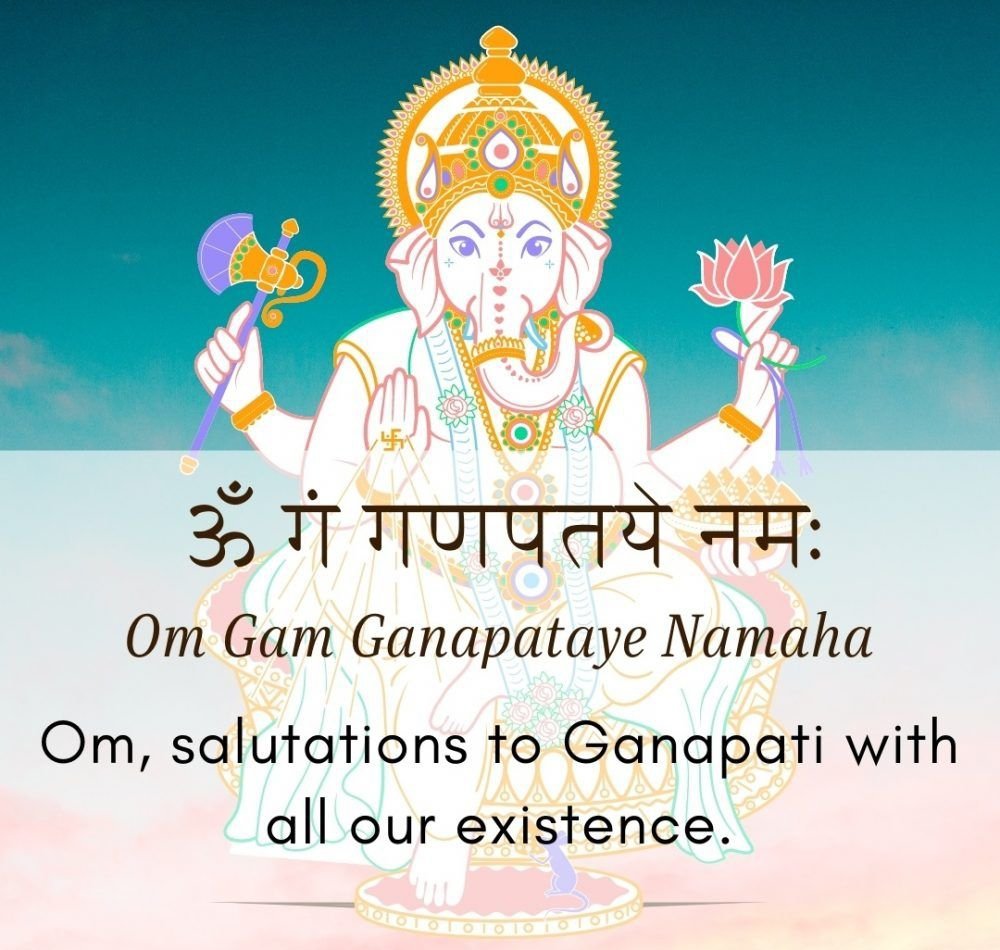
Mantra is a Sanskrit word meaning sacred syllable or sacred word. But Mantras r not just words put together,they r also vibrations.The whole Universe is a cosmic energy in different states of vibration &this energy in different states of vibration forms the objects of Universe.
According to Scriptures,Om is considered to be ekaakshar Brahman,which means Om is the ruler of 3 properties of creator,preserver&destroyer which make the https://t.co/lyhkWeCdtv is also seen as a symbol of Lord Ganesha, as when starting the prayer,it's him who is worshipped 1st.
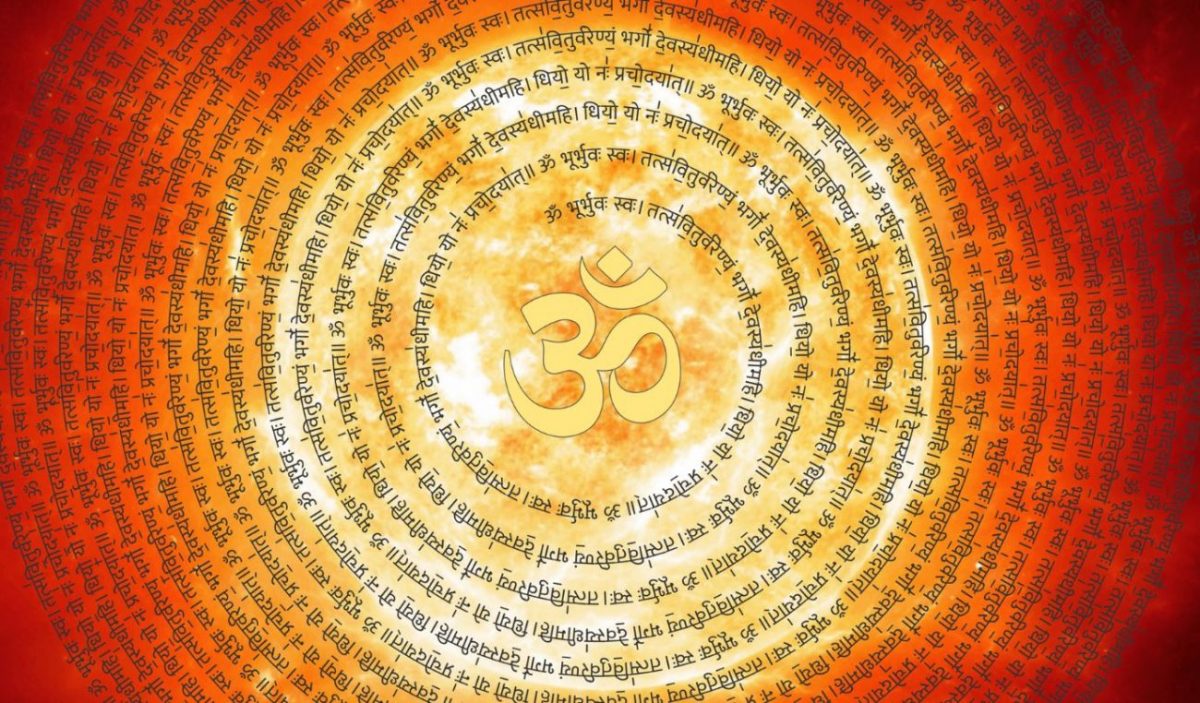
'Om' is the sound of the Universe. It's the first original vibration of the nothingness through which manifested the whole Cosmos. It represents the birth, death and rebirth process. Chanting 'Om' brings us into harmonic resonance with the Universe. It is a scientific fact.
Therefore, Mantras are described as vibrational words that are recited, spoken or sung and are invoked towards attaining some very specific results. They make very specific sounds at a frequency that conveys a directive into our subconcious.
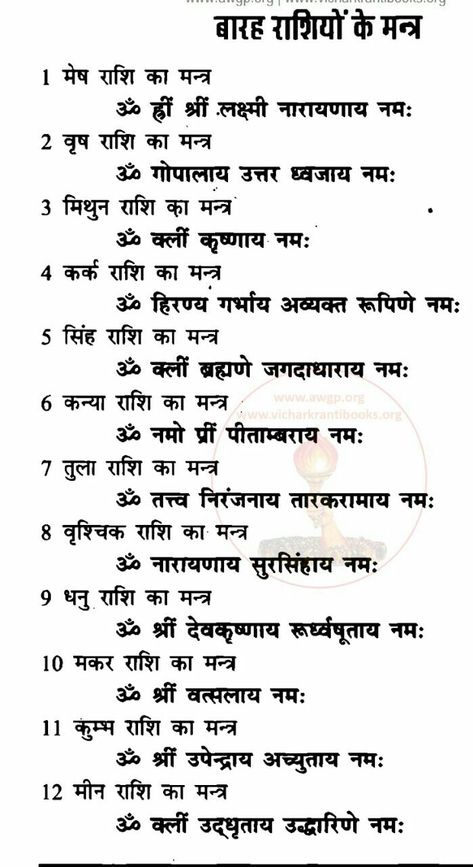
Whenever we chant a Mantra in Sanskrit, it starts with 'Om' and mostly ends with 'Swaha' or 'Namaha'. This specific alignment of words has a specific meaning to it which is explained in Dharma Shastra.

Mantra is a Sanskrit word meaning sacred syllable or sacred word. But Mantras r not just words put together,they r also vibrations.The whole Universe is a cosmic energy in different states of vibration &this energy in different states of vibration forms the objects of Universe.
According to Scriptures,Om is considered to be ekaakshar Brahman,which means Om is the ruler of 3 properties of creator,preserver&destroyer which make the https://t.co/lyhkWeCdtv is also seen as a symbol of Lord Ganesha, as when starting the prayer,it's him who is worshipped 1st.

'Om' is the sound of the Universe. It's the first original vibration of the nothingness through which manifested the whole Cosmos. It represents the birth, death and rebirth process. Chanting 'Om' brings us into harmonic resonance with the Universe. It is a scientific fact.
Therefore, Mantras are described as vibrational words that are recited, spoken or sung and are invoked towards attaining some very specific results. They make very specific sounds at a frequency that conveys a directive into our subconcious.










